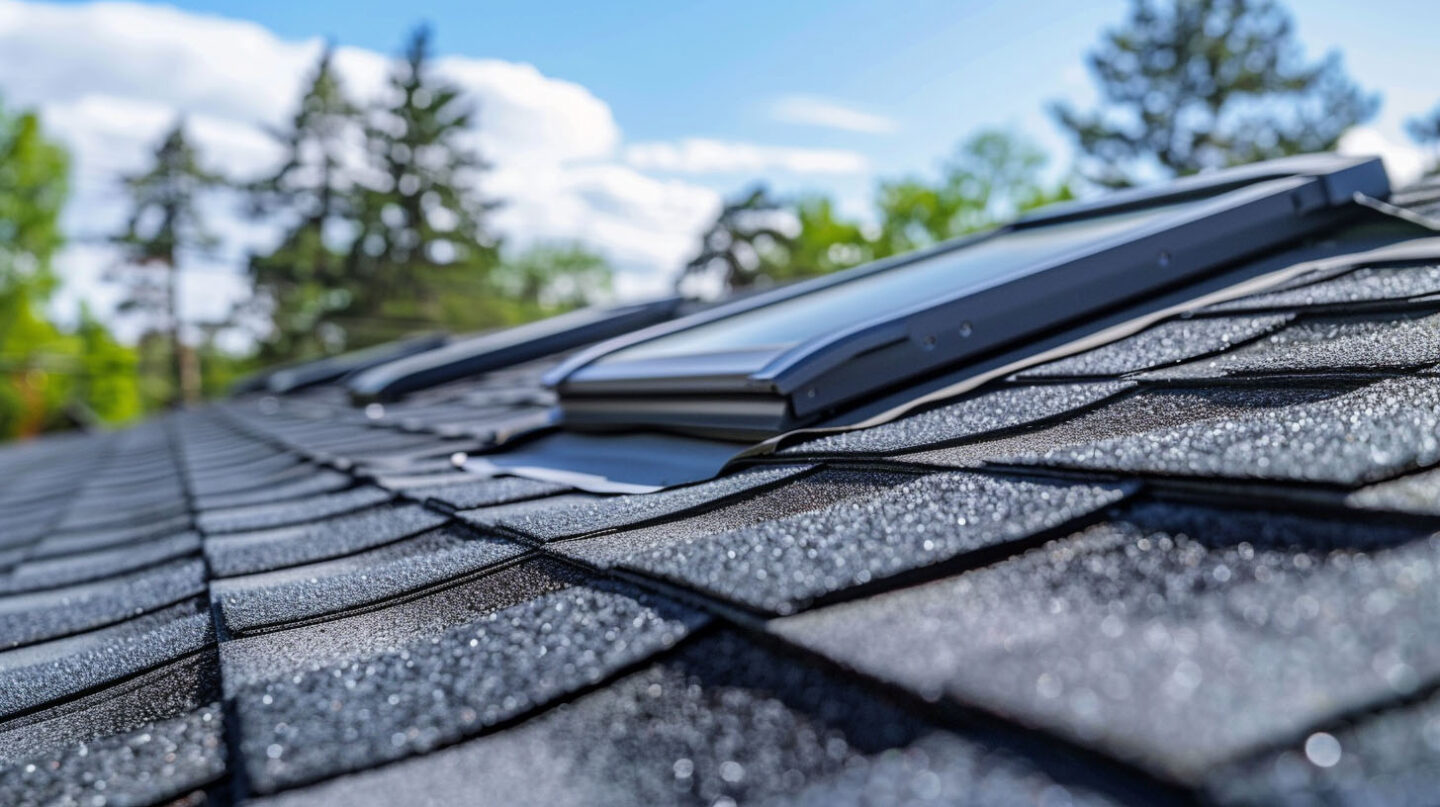Are you thinking about upgrading your home’s energy efficiency? You may have heard about sealed or unvented attics. This modern approach involves applying insulation directly to the underside of the roof deck, turning your attic space into part of your home’s conditioned area. But this change raises a big question: what happens to your attic ventilation? Understanding how a sealed system impacts your roof is the first step toward making a smart, informed decision for your home. At The Shingle Master, we specialize in roofing solutions that enhance energy efficiency and ensure your home remains comfortable year-round. Our expert team is here to guide you through the process and help you choose the best options for your specific needs in Cary, NC.
Why Choose The Shingle Master For Your Sealed Attic Project?
The Shingle Master stands out for its extensive certifications and local expertise, ensuring top-notch service for sealed attic projects. Our established reputation and proven results guarantee homeowners confidence in their decision to enhance energy efficiency and comfort within their homes.
Our Certifications, Local Experience, and Trusted Results
Having a team with extensive local experience ensures your sealed attic system installation adheres to current building codes while maximizing energy efficiency. Certifications from recognized industry organizations reflect our commitment to quality and adherence to best practices in building science. Our technicians understand the nuances of attic insulation and ventilation, ensuring proper airflow and reducing condensation potential. This expertise translates into trusted results for homeowners seeking enhanced indoor air quality and efficient energy use. With years of experience, we prioritize creating a reliable, well-ventilated space that meets your needs.
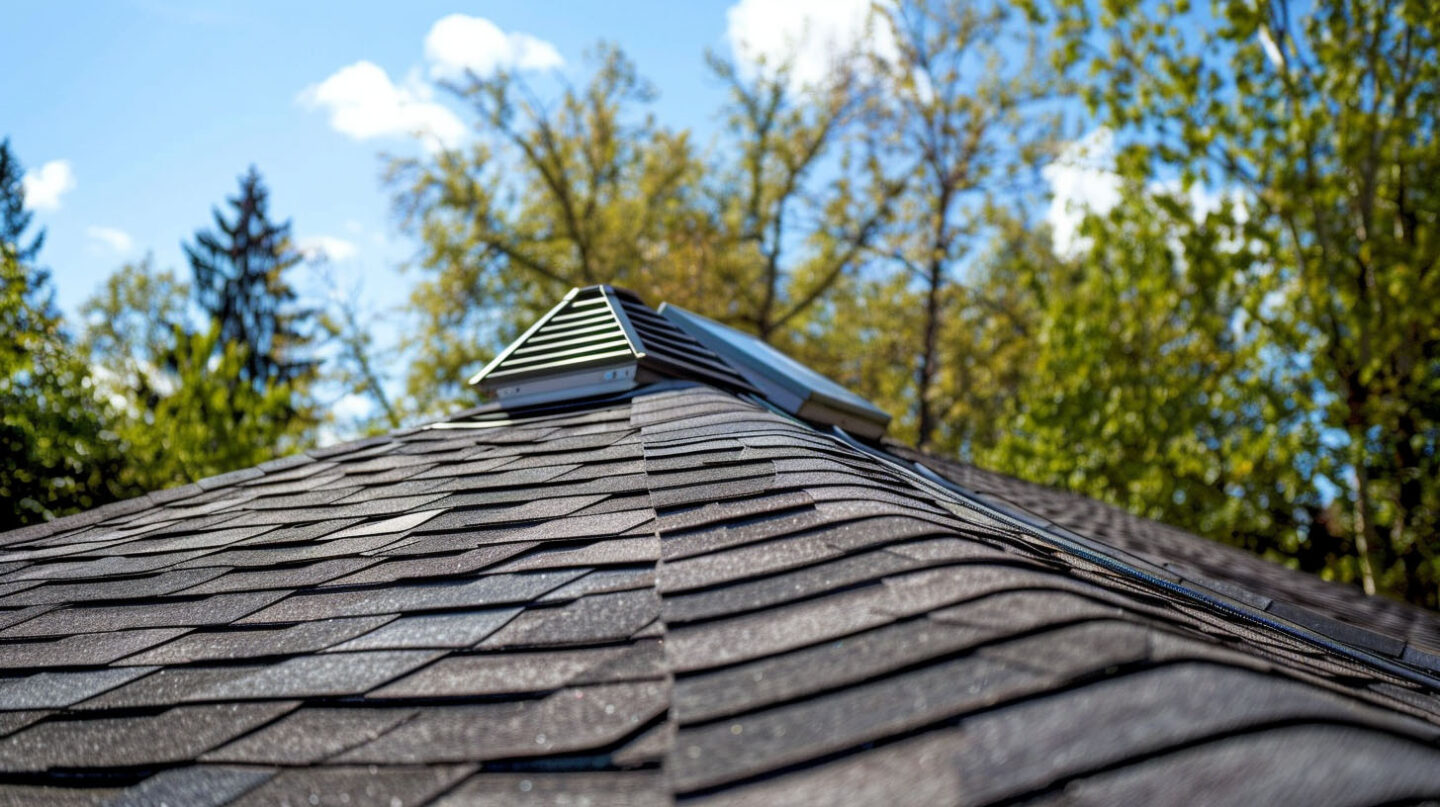
Understanding Attic Ventilation Basics
Before exploring the changes with a sealed system, it’s helpful to understand why attics are ventilated in the first place. Proper attic ventilation is a system designed to create continuous air movement, managing temperature and moisture levels in the space between your ceiling and your roof.
This airflow is crucial for the health of your entire roof ventilation system. In a traditional setup, insulation on the attic floor resists heat transfer into your home, while the vents handle the air exchange in the attic itself.
How Traditional Vented Attics Work in Cary, NC
Traditional vented attics operate on the principle of natural air movement, establishing a balance between intake and exhaust vents. Cool outside air enters the attic space through soffit vents, while warm air escapes via ridge vents or gable vents. This airflow helps regulate temperature, preventing heat buildup during summer months and reducing condensation potential in colder climates. However, such systems can lead to air leakage, affecting energy efficiency and indoor air quality. These passive systems often rely heavily on the pressure boundary created by the roof assembly to maintain proper attic ventilation.
The Role of Ventilation in Your Roofing System
Effective ventilation plays a vital role in maintaining the integrity of your roofing system. By facilitating air movement, it minimizes heat transfer and reduces the risk of condensation potential, particularly in cold climates. Proper attic ventilation balances the pressure boundary between the living space and the attic, promoting a controlled airflow that enhances indoor air quality. In unvented attic systems, achieving this equilibrium is crucial to preventing issues such as ice damming and moisture-related damage, creating a sturdy and energy-efficient building envelope that contributes to overall comfort and reduced energy bills.
What Is a Sealed Attic System?
This process moves your home’s thermal and air barrier from the ceiling to the roofline. As a result, the attic is no longer a hot, uninviting buffer zone but becomes a conditioned space, similar in temperature and humidity to the rest of your home.
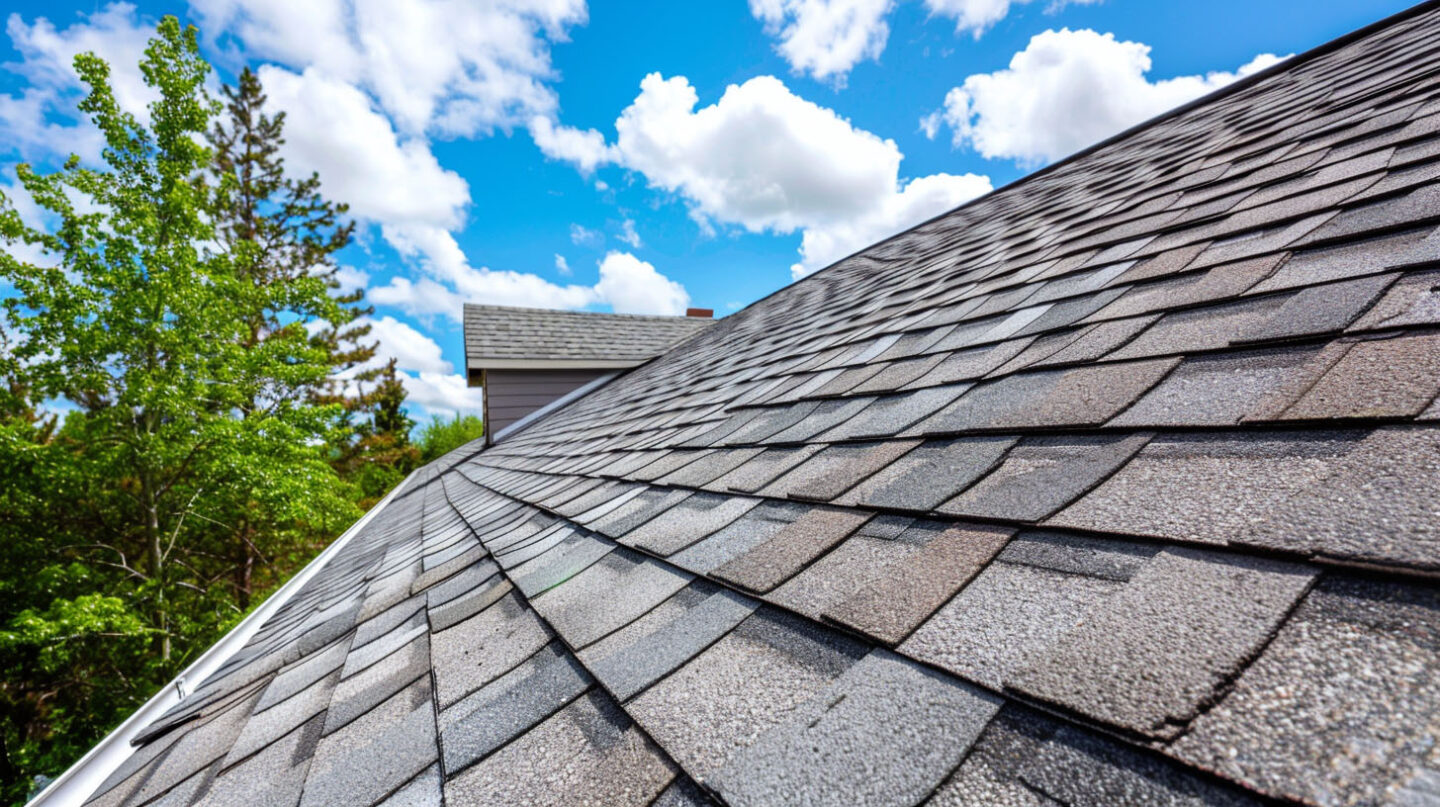
Key Components of a Sealed Attic
A sealed attic incorporates several crucial elements that enhance overall performance and indoor air quality. Spray foam insulation effectively creates a thermal barrier, preventing heat loss and air leakage. The building envelope is designed to contain conditioned space, ensuring that the underside of the roof sheathing stays warm in winter and cool during summer months. Additionally, mechanical ventilation systems can supplement airflow, managing humidity levels and maintaining optimal conditions. Understanding these components is essential for improving energy efficiency while adhering to current building codes and overall building science principles.
How Sealed Attics Differ From Vented Systems in Cary, NC
In contrast to vented systems, sealed attics operate as conditioned spaces that integrate with the home’s thermal and pressure boundaries. Without the reliance on traditional roof vents and soffit vents, sealed systems utilize spray foam insulation to create a robust air barrier, significantly minimizing air leakage and enhancing indoor air quality. This shift also reduces the potential for condensation buildup on the underside of the roof deck, ultimately lowering energy bills by preventing heat loss in cooler months and minimizing heat transfer during summer months.
Reasons Homeowners Switch to Sealed Attic Systems
Why are so many homeowners making the switch? The benefits of a sealed attic system go beyond just better attic insulation. The primary drivers are significant improvements in home performance, leading to lower energy bills and a more comfortable living environment.
By creating a conditioned attic, you can solve common problems like extreme temperature swings in upstairs rooms. In colder climates, this approach is also highly effective at preventing the formation of destructive ice dams on your roof.
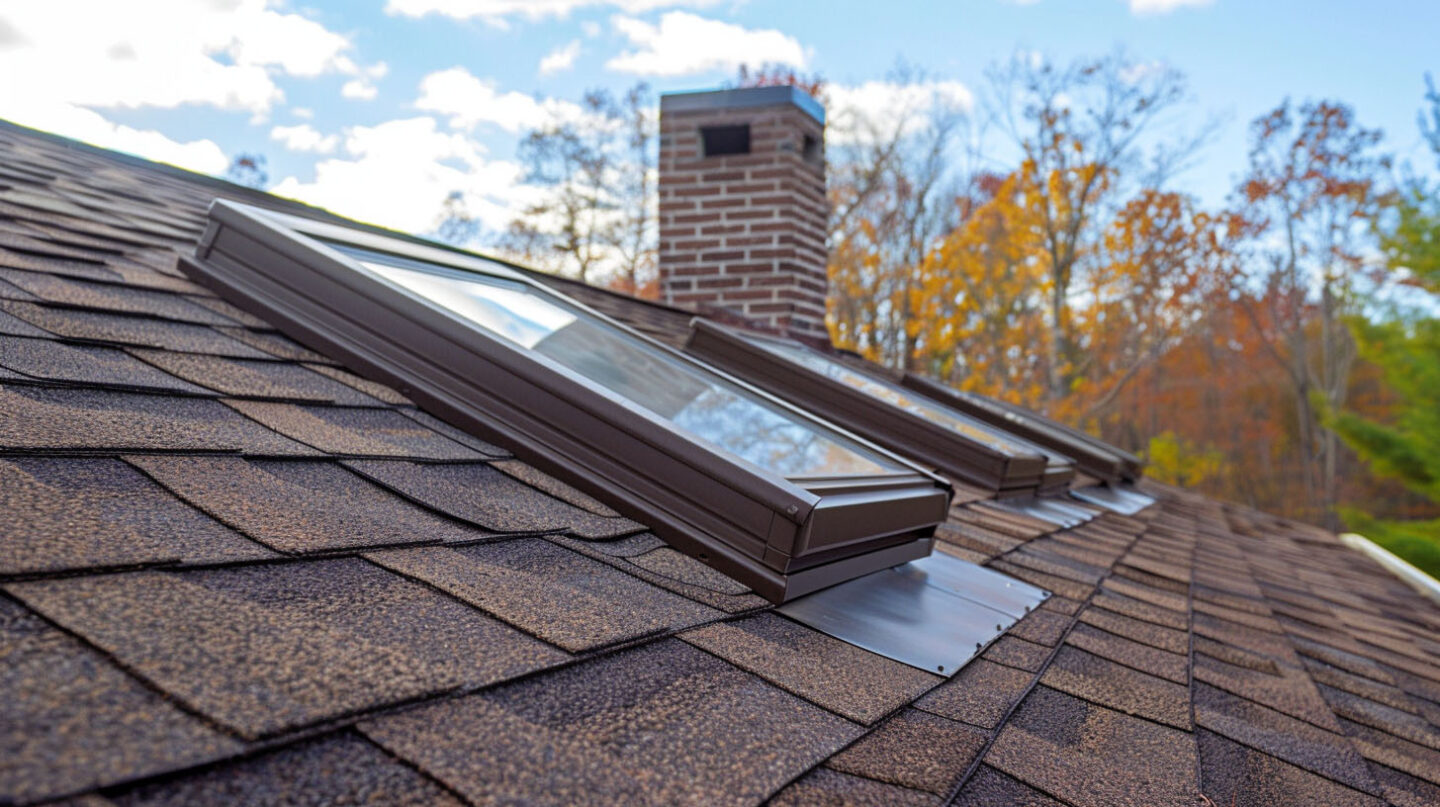
Energy Efficiency and Insulation Improvements
Achieving energy efficiency in a sealed attic system significantly reduces heat loss during cold months and minimizes heat transfer in summer. Enhanced insulation, such as spray foam or rigid insulation, creates a thermal barrier that effectively manages the building envelope’s temperature. Proper ventilation is essential when employing these strategies to control moisture and improve indoor air quality. With unvented attic assemblies, the airflow is managed to reduce condensation potential, ultimately leading to lower energy bills and a more comfortable living space year-round.
Enhanced Comfort and Indoor Air Quality Benefits
A sealed attic system significantly enhances indoor comfort levels by stabilizing temperatures throughout the home. It minimizes heat transfer and helps to maintain a consistent climate, reducing discomfort typically experienced in hot summer months and cold winters.
Furthermore, it promotes better indoor air quality by preventing the infiltration of humid air and airborne pollutants. This creates a healthier environment, reducing allergens and ensuring that the air circulating within living spaces remains clean, ultimately leading to improved well-being and comfort for all occupants.
Changes in Venting When Installing a Sealed Attic in Cary, NC
When you install a sealed attic system, the rules of venting change completely. The entire concept of passive air movement from the outdoors is eliminated. Instead of promoting airflow, the goal is to stop it entirely at the roof deck.
This is the most critical adjustment to understand. Your new system is designed to be an airtight part of your home. All the vents that were once essential for your old attic must now be decommissioned to ensure the new system performs correctly.
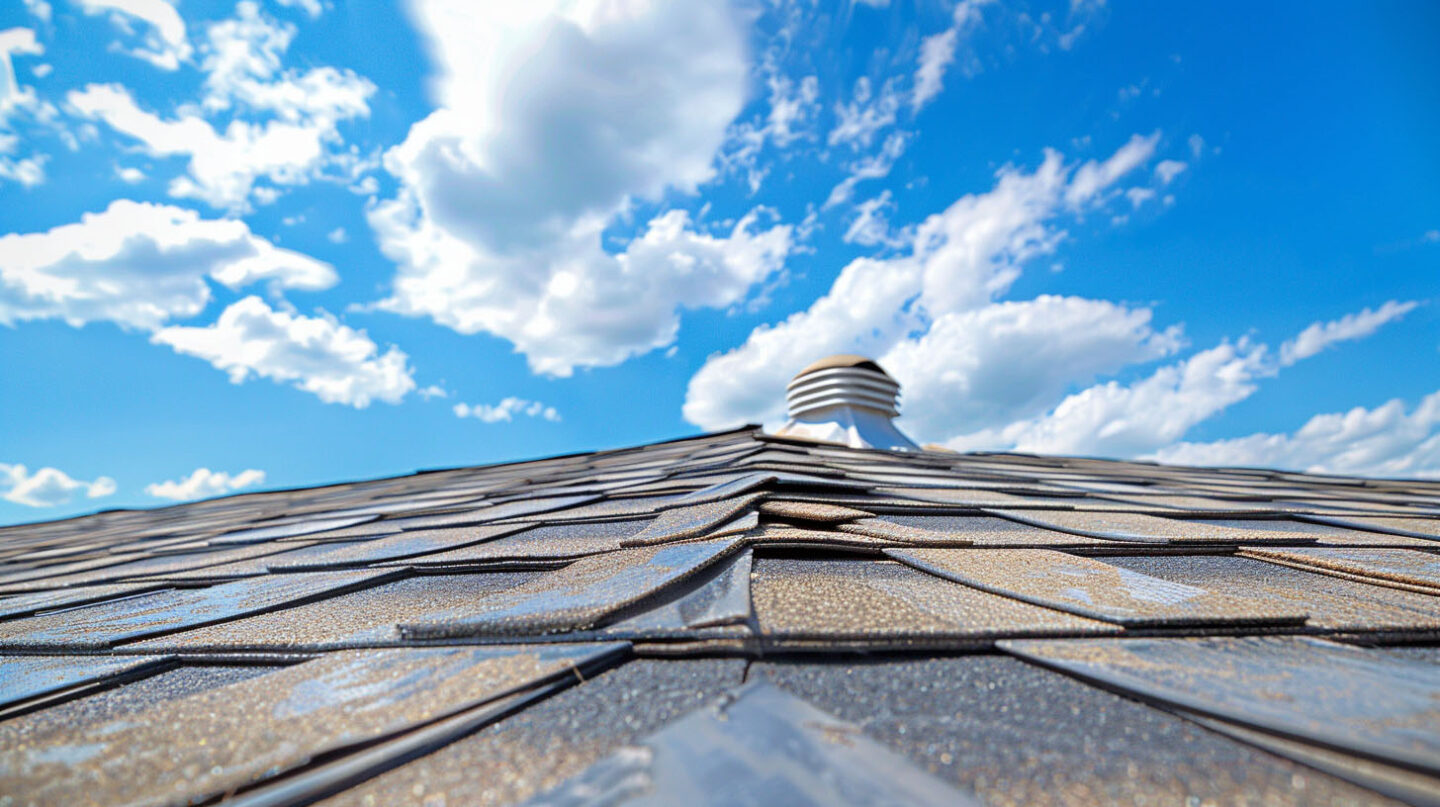
What Happens to Roof Vents and Soffits?
When installing a sealed attic system, roof vents and soffits typically become redundant. These passive ventilation structures are often sealed off to prevent air leakage, ensuring energy efficiency and maintaining conditioned air within the space for optimal temperature control.
The Shift From Passive To Controlled Airflow
Transitioning from a traditional vented system to a sealed attic requires an intelligent rethinking of airflow management. Instead of relying on passive airflow through soffits and ridge vents, a sealed system uses controlled mechanical ventilation to ensure optimal air movement. This shift enhances indoor air quality while maintaining the integrity of the building envelope. By incorporating spray foam insulation and adhering to current building codes, homeowners can effectively manage condensation potential and reduce heat transfer, creating a more energy-efficient and comfortable living space, regardless of the external climate conditions.
Trust the Experts
Transitioning to sealed attic systems presents a substantial shift in the approach to ventilation. By eliminating traditional roof vents and relying on controlled airflow, homeowners can minimize condensation potential and improve energy efficiency. This aligns with current building codes while enhancing indoor air quality within the conditioned space. Efforts to properly insulate the roof deck, combined with mechanical ventilation, can significantly reduce energy bills and enhance comfort year-round. As a GAF Master Elite Contractor, BBB A+, Haag Certified Inspector, NC Licensed General Contractor, and recognized as Raleigh’s Best Roofing Contractor by NHBA and the Raleigh Chamber of Commerce, we understand that these changes help to create a more efficient, resilient roofing system that supports sustainable living.
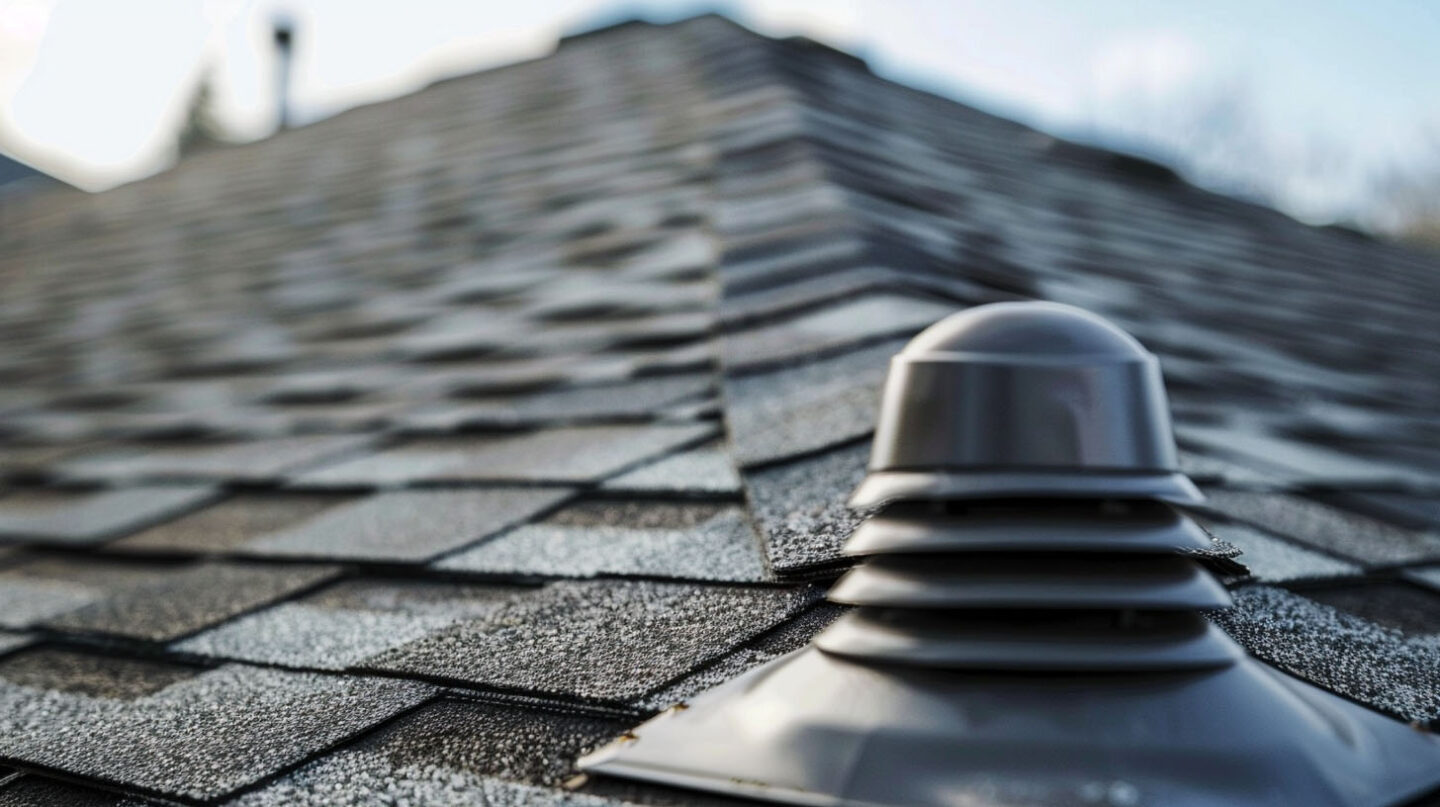
Frequently Asked Questions
What is the 7 and 7 rule for attics?
While various rules of thumb exist, they generally apply to a traditional vented attic. These guidelines reference the need for balanced ventilation, ensuring enough outside air can enter through intake vents (like soffit vents) and exit through exhaust vents to properly cycle air and protect the roof system.
Should an attic be completely sealed in Cary, NC?
In an unvented attic design, the attic should be completely sealed from the outside. An air barrier, typically created with spray foam insulation, stops all air leakage from the exterior. This turns the attic space into a conditioned area that is part of your home, not sealed off from it.
What is a sealed attic system in Cary, NC?
A sealed attic system is created by applying insulation like spray foam to the underside of the roof sheathing. This moves the home’s thermal boundary to the roofline, eliminating the need for traditional vents and turning the attic into a clean, dry, conditioned space with a stable temperature.
Read our blog: Estimating Hail Size from Damage Patterns—What Not to Assume

